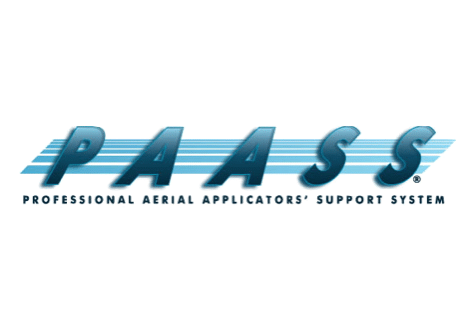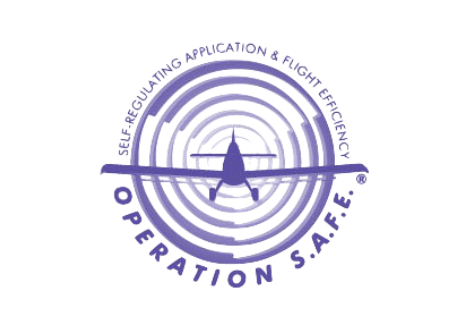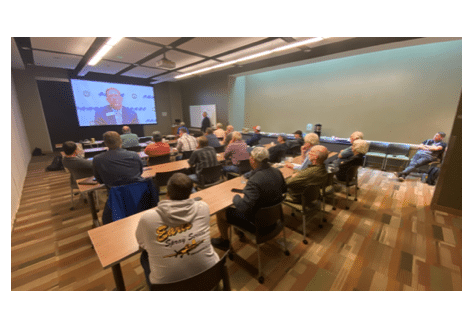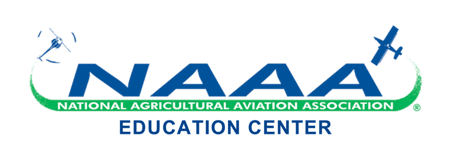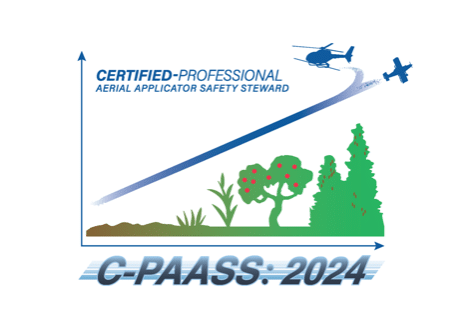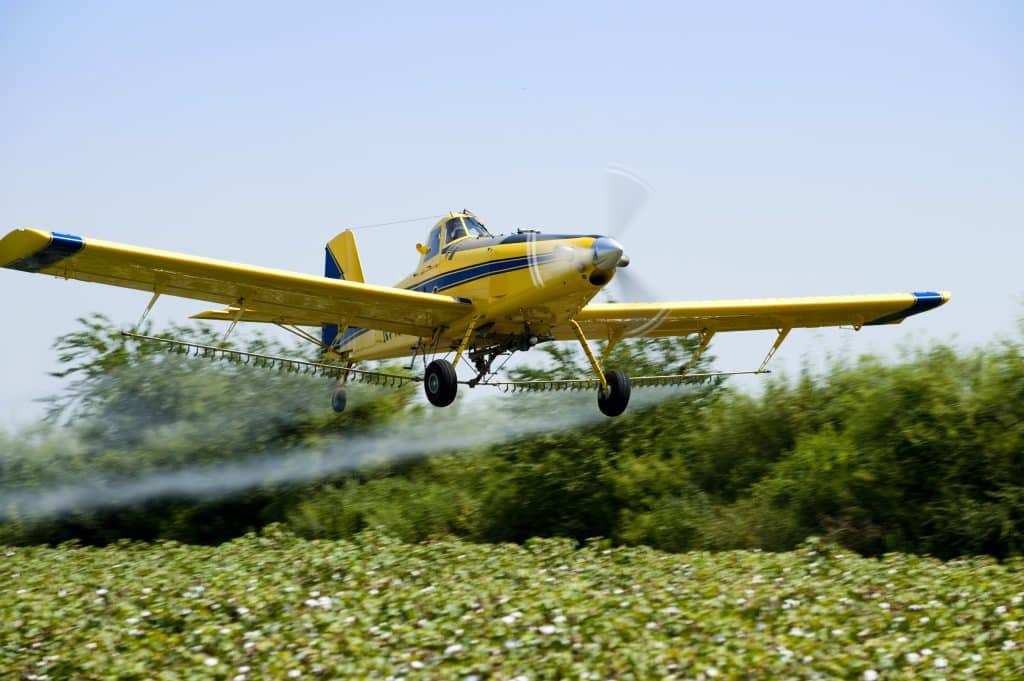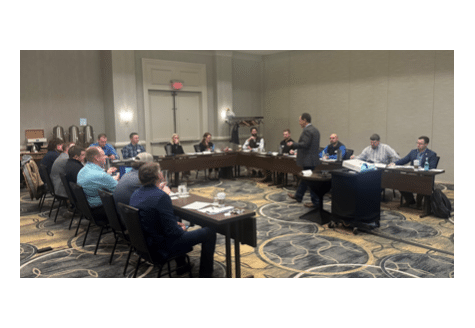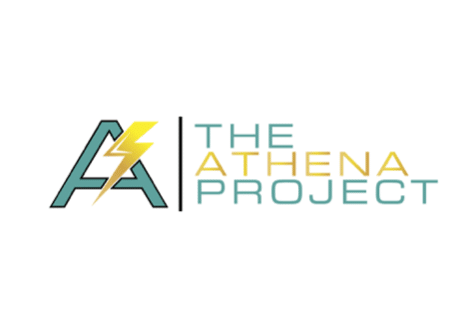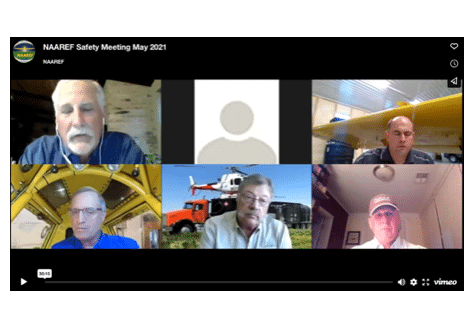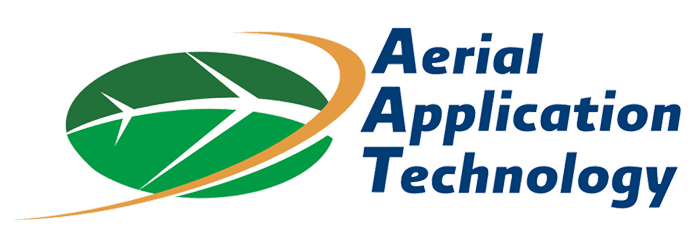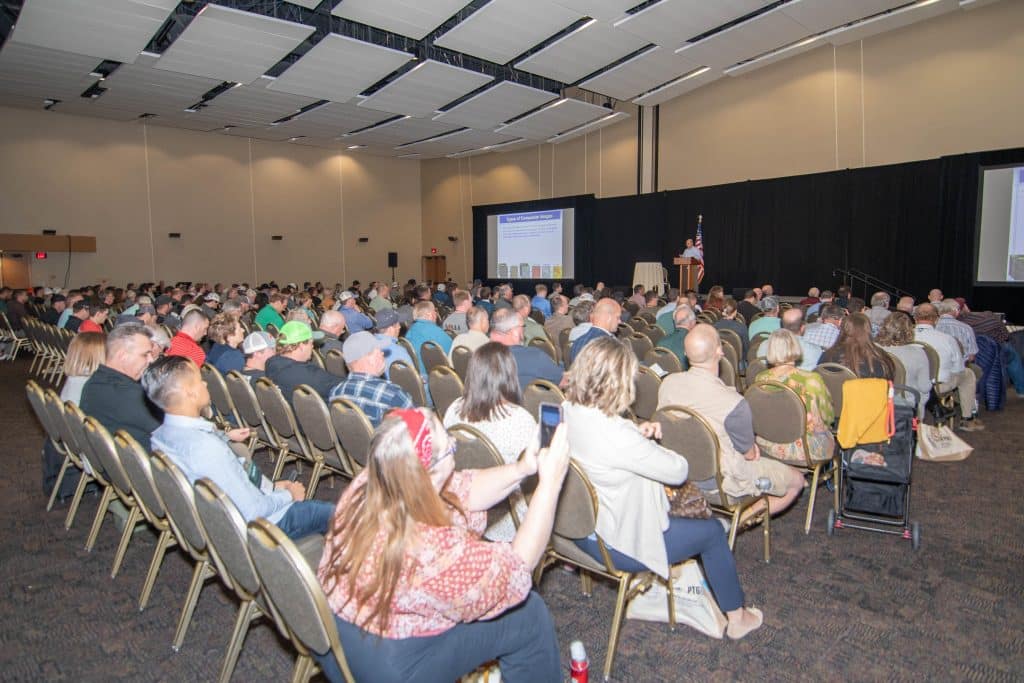National agricultural aviation association
Education
The key to membership development and retention is to provide programs and services members want. NAAA takes that notion to heart, actively listening to its members to evaluate and improve current offerings and develop new programs in step with the needs of the membership.
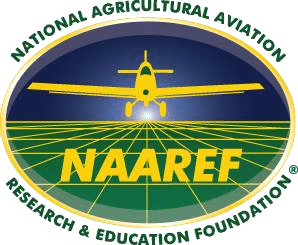
The National Agricultural Aviation Research and Education Foundation (NAAREF) is a non-profit organization to promote and foster research, technology transfer and advanced education among aerial applicators, allied industries, government agencies and academic institutions.
NAAREF is an integral partner of NAAA and the driving force behind the industry’s premier educational programming, including many of the programs below.
PAASS
A yearly education program like no other, PAASS is created by and given by ag pilots. Covers key safety and drift mitigation issues important to flying. The conscious decision to educate rather than regulate inspired PAASS, hence the motto: “Upon the performance of each rests the fate of all.”
Operation SAFE
Evaluating the spray/spread pattern of an ag aircraft is critical to ensuring it will apply accurately in the field. Operation SAFE matches applicators with the experts and tools required to quantify characteristics such as uniformity, effective swath width and droplet size.
Compaass Rose
This complimentary program to PAASS, also created and given by ag pilots, is designed to provide professional support and direction for agricultural aviation pilots who are new to the industry and those want to learn more about the industry and what it takes to get into ag aviation.
A pillar of operations under Part 137 is a demonstration of the requisite Knowledge & Skills set forth in 14 CFR §137.19(e). Procedures and topics for the Knowledge & Skills Test are detailed in the Flight Standards Informational Management System (FSMIS) 8900.1, Volume 5, Chapter 11, Section 1 and AC 137. NAAA encourages use of the Agricultural Airman Guidelines (AAG) — a comprehensive resource to assist operators, supervisors, pilots and FAA personnel when preparing for, or administering, this test.
14 CFR §137.41 mandates that anyone operating under Part 137 have documentation of a passed Knowledge & Skills Test for the type of aircraft flown (fixed-wing, rotorcraft). There are two distinct levels for which a test may be given:
- Chief Supervisor: For a Chief Supervisor, a test can only be administered by the FAA, who will provide a logbook endorsement or signed letter of competency acknowledging the test and date passed. A Chief Supervisor can carry this endorsement (from FAA) throughout their career, working for other operators.
- Pilot in Command (PIC): For a PIC, a test can be administered by the FAA, a certificated operator or a Chief Supervisor, who will provide a logbook endorsement or signed letter of competency acknowledging the test and date passed. A PIC can carry this endorsement to another operator, however, that operator may optionally require the PIC to take another test. The operator is responsible for recording the date (for their own records) on which the PIC passed the test, regardless of whether it is by acceptance of a previous test or by administration of a new test.
The Agricultural Airman Guidelines (AAG) are intended primarily to be a resource to assist operators, supervisors, pilots and FAA personnel when preparing for, or administering, a 14 CFR §137.19(e) Knowledge and Skills Test or Endorsement (Letter of Competency). Secondarily, and more generally, they serve as consistent safety education and training guidance for agricultural aviation operators and pilots whether it be for an initial evaluation of their knowledge and skills or a training review.
The NAAA Education Center provides access to on-demand online courses on topics relevant to aerial application. Historical PAASS programs are available for a fee, and a fledgling list of other courses, free to NAAA members, are being continually added to. As this resource grows, it aims to cover all topics outlined in both the Agricultural Airman Guidelines (AAG) and the National Aerial Applicator’s Manual (AAM).
Certified-Professional Aerial Applicator Safety Steward (C-PAASS) is the agricultural aviation industry’s flagship professional certification program. Jointly administered by NAAA and NAAREF, C-PAASS promotes safety and application accuracy.
This annual certification is offered solely to individual ag pilots who would like to demonstrate to customers, regulators and the public their commitment to safety and professionalism.
From April to August, NAAREF publishes regular Fly Safe messages specifically targeted to in-season ag pilots. These messages, through email and social media, aim to quickly and frankly convey reminders about specific safety topics. While the season is busiest, Fly Safe communications prompt reflection of what is truly important: pilot safety.
Are you looking for scholarship money for your education, to get started on your journey to becoming an ag pilot, or to further your training as you transition to turbine-powered ag aircraft? If so, NAAA has three different scholarships for you to explore!
The Syngenta Leadership Training Program – also known by Syngenta as Leadership at Its Best (LAIB) – is annually offered jointly with NAAA over three days of intensive training to teach participants how to effectively communicate with the public, media and government, and use those tools to improve the image of aerial application and serve as strong industry leaders.
To participate, individuals must be nominated by their state/regional ag aviation association and subsequently selected by an NAAA selection committee.
The Athena Project is an annual education program designed to educate and support those who have a connection to agricultural aviation by addressing the real risk management concerns of everyday life in the industry. The program explores topics relating to the culture, connections, and safety of the ag aviation community. The Athena Project is developed annually and presented by the NAAA Support Committee.
Over the years, NAAA and NAAREF have produced several high-quality educational, safety and training videos to further their goals of providing education to the aerial application industry. The videos were produced for viewing at a particular program or safety session, but the organizations have made them available for on-demand viewing. Some videos are restricted to NAAA members. Click the file icon below or use the search box to browse videos.
-
Safety and Education Videos
-
NAAREF In-Season Safety Session
-
Responding to a Pesticide-Related Aircraft Accident
-
NAAREF In-Season Safety Session
NAAA is pleased to recommend the USDA-ARS Aerial Spray Nozzle Models developed by the USDA-ARS Aerial Application Technology Research Unit.
The current USDA-ARS Aerial Spray Nozzle Models are divided into two distinct types: those for higher speed fixed-wing aircraft and those for lower speed fixed wing and rotary wing aircraft. The higher speed models are applicable for airspeed ranging from 120 to 180 mph, while the lower speed models are applicable for airspeeds ranging from 50 to 120 mph.
The higher and lower speed models were both recently developed to incorporate an extended range of nozzles, spray pressures and orientation angles. These models are updates to the ones you may have used in the past and reflect the current state of the art in spray droplet sizing and classification.
With both sets of models, simply select your nozzle from the pull-down menu, then select your desired orifice size, spray pressure, orientation angle and operational airspeed. The droplet size data and classification will be displayed and allow you to decide if this is the correct setup for the application.
Two new model options are also now available. The first allows you to select either the high or low speed droplet size model, the airspeed, target GPA, desired swath width, the number of nozzles, and the desired droplet size class. A list of nozzle types, orifice sizes, deflection angles, and operating pressures is then generated that meets both the desired GPA and droplet size class. The second new model is similar, but allows you to select pressure as well as the minimum and maximum number of nozzles you can configure on your boom. All the new Aerial Spray Nozzle Models can be found at the link below.
A Staple Of The Annual Ag Aviation Expo Is The Aerial Application Technology Research Session, orchestrated By The USDA-ARS Aerial Application Technology Research Unit Based In College Station, TX. Bringing Together Experts Across The Country, Timely Topics Related To Technology Development, Testing And Field Research Are Presented To Keep Aerial Applicators Abreast Of The Bleeding Edge Of Application Technology. Recordings from recent years allow individuals who missed them to get caught up.
NAAA Professional Operating Guidelines – These operating guidelines are designed to assist our members in establishing a model of operation that will assist in providing superior crop protection services, promote safety among the members and enhance the image of the aerial application industry and its members
Checklist – Ag Pilot / UAS Encounter – If you or a pilot of yours has a near-miss encounter with a UAV or, worse, is hit by one, undoubtedly one of the main things going through your mind after the initial shock subsides is what to do and who to call to report the encounter. NAAA has prepared a handy checklist of steps to take after a UAV encounter.
Checklist – Pilot Subjected to Discharge of a Firearm Targeting an Ag Aircraft – If you or a pilot of yours is shot at while operating an ag aircraft, undoubtedly one of the main things going through your mind after the initial shock subsides is what to do and who to call to report the shooting. NAAA has prepared a checklist on how to respond in the event someone discharges a firearm at your aircraft.
Brochure – Combatting Fatigue in Ag Aviation – The signs and symptoms of fatigue must not be ignored. Fly Safe, Fly Smart, Fly Rested.
Cover Crops – 2017 Expo Presentation – Proper aircraft setup for uniformity, seed species selection for aerial seeding and considerations for successful stands
Agricultural Aviation Curriculum Guides
– Elementary Curriculum Guide: Designed for use by classroom teachers or 4-H leaders (grades K–5)
– Secondary Curriculum Guide: Designed for use by classroom teachers or 4-H leaders (grades 6–12)


